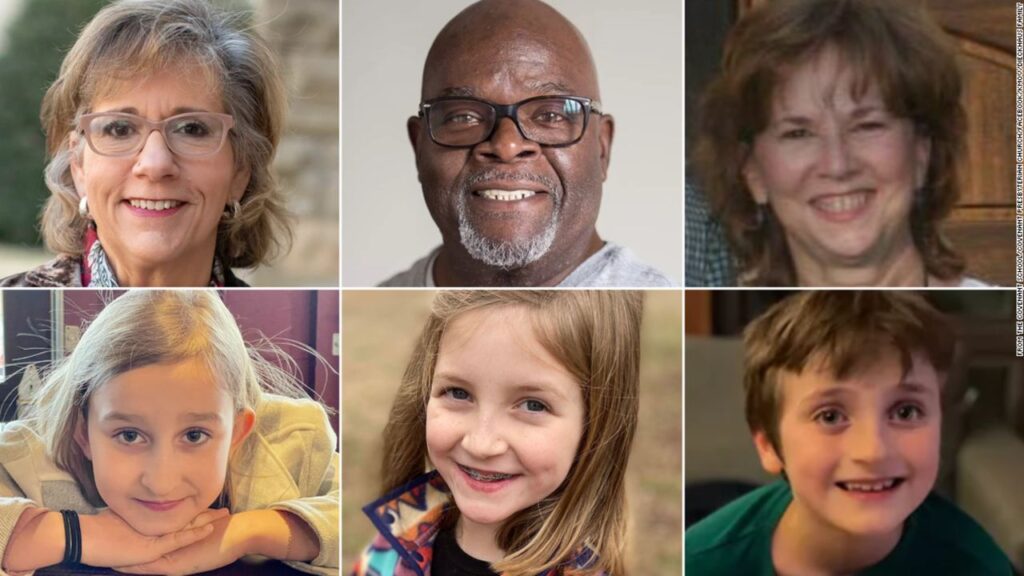April 5, 2023 by Darren Pasek (’25)
In light of the recent Nashville shooting, the debate of gun violence has resurfaced in the USA. Discussing the answer to gun violence is a pointless debate. Like most public health and political problems, gun violence is so ingrained in the legislation and culture of America that if there were just one solution, it would be cause for a complete cultural overhaul.

A more rational approach to investigating the issue of gun violence is through the Swiss Cheese Model. Simply put, the Swiss Cheese Model is used in risk analysis to explain how one solution (or, one slice) leaves holes, but if you layer enough solutions (slices), all holes are eventually filled. Obviously, it is unlikely that gun violence would shrink to zero, even after implementing layers upon layers of solutions, however, applying a few slices could certainly help.
The United Kingdom (UK), for example, fell victim to a man who went on a killing spree with two semiautomatic weapons and one handgun in 1987. Directly following this incident, parliament enacted a law banning most rifles and larger guns. Then, in 1996, there was another shooting, this time with only handguns, killing 16. In response to this, the UK effectively banned all firearms and instituted a limited-duration buyback program to get guns out of citizens’ possession.
Since these efforts were implemented, the UK has had an average of thirty gun deaths per year. According to the CDC, the US has just over 19 thousand per year. Even when considering the difference in population, there is obviously a problem in America compared to the UK. The one obviously notable difference in the UK’s response to gun violence is that the UK does not have a constitutional right to bear arms. Thus, parliament had an easier time implementing restrictions.
Other nations, including Australia and Canada, though, both also had a right to bear arms as a founding principle of their country. Both countries responded to the innovation of weapons and the development of attacks with revocation or extreme alterations done to the amendment. Clearly, the people of those respective nations valued the decrease in gun violence over the personal freedom of gun ownership. Even in America, there has been a revocation of a constitutional amendment before, which demonstrates the process’ possibility.
The 18th amendment is often cited by anti-2A advocates because it banned alcohol in America, but clearly is no longer in effect. The principal difference in this example is that by revoking the 18th amendment, rights were being granted back to the people, whereas modification to the 2nd amendment would be taking privileges away. The question remains: for what reason do people even want gun rights?
The most rational answer to this question is “self-defense.” Which immediately prompts a response of, “you don’t need a rifle for self-defense.” Both points are valid, especially in a country with law enforcement that is sometimes dangerous and often unreliable. The more common reason for ownership, however, is for sport or recreation. This is where the logic goes awry. It is difficult to think of other hobbies that people, and the government, are so defensive over.
Other countries did not have this cultural resistance to gun regulation as seen in the US. There are small groups that pushed back in Australia and Canada, but almost everyone thinks the government made the right call. It is a difficult, but doable, endeavor to remediate the US of its gun problem. When the evidence points toward the fact that gun control leads to less gun violence, it is silly not to control guns and get them out of people’s hands.
These solutions will not be absolutely effective, as no real problem is ever completely solved. Yes, there will still be illegally possessed and transacted weapons in the US. Yes, people will be denied of a pastime (recreational gun usage) that their family enjoyed. But all of this is embarrassingly insignificant compared to the rampant gun violence problem in America, specifically in schools. As of this being written, there have been 91 K-12 shootings in the first 90 days of 2023. Of course, there also needs to be an emphasis on mental health treatment and awareness, as well as other necessary treatments for violent activity, but the most vital step in the process is gun control. Gun control itself will aid mental health issues for people. In a country ever willing to impose on people’s other “personal freedoms,” firearm limitation should be a no-brainer for the US.
